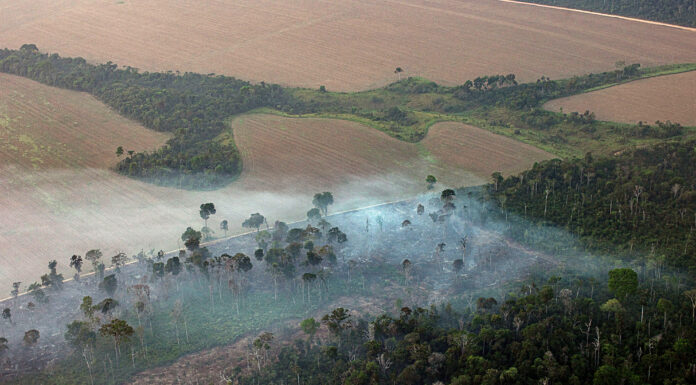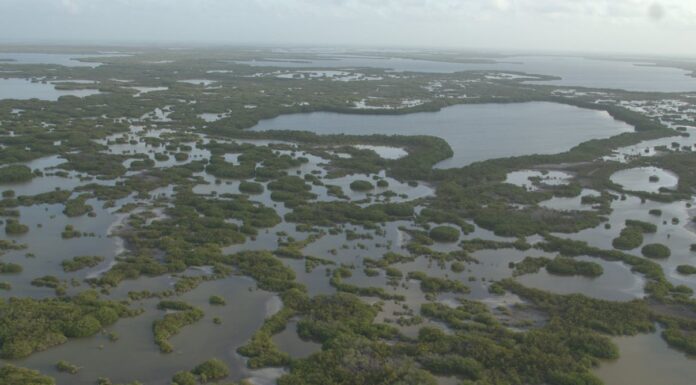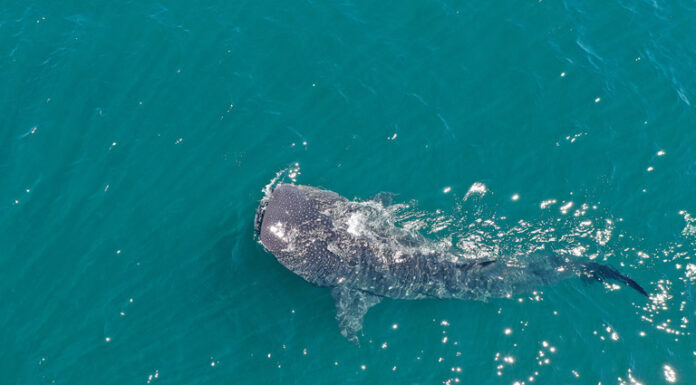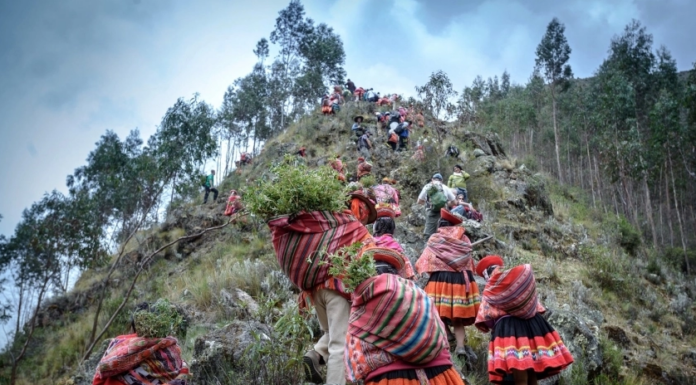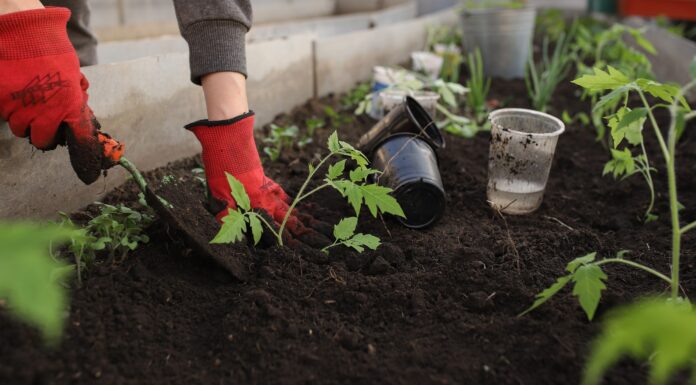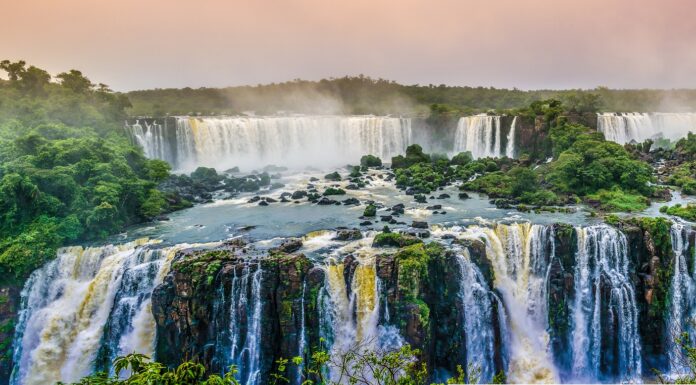Written by: Gabriel Cardoso Carrero, Cynthia S. Simmons, and Robert T. Walker
Imagine that several state legislators decide that Yellowstone National Park is too big. Also imagine that, working with federal politicians, they change the law to downsize the park...
Written by: Michael Beck and Pelayo Menéndez
Hurricanes and tropical storms are estimated to cost the U.S. economy more than US$50 billion yearly in damage from winds and flooding. And as these storms travel across the Atlantic, they also ravage many Caribbean...
Written by: Malaka Rodrigo
Kelanimulla is one of the last remaining wetlands in Sri Lanka’s western district of Colombo, and is a refuge for urban wildlife, including the elusive fishing cat.
The wetland absorbs runoff from the Kelani River, playing a key role...
Written by: Natalie Marchant
What happens to coal mines when they're no longer in use? In Appalachia, United States, one nonprofit has a solution – restoring thousands of acres of once-surface-mined land to their erstwhile natural glory.
Kentucky-based Green Forests Work is boosting...
Written by: Rhett Butler
The Australian government has moved to create two new marine protected areas that cover an expanse of ocean twice the size of the Great Barrier Reef Marine Park.
The two parks will be established around Christmas Island...
Written by: Harry Kretchmer
On the misty slopes of the High Andes, villagers are at work planting trees.
Some have bundles of seedlings tied to their backs, others have babies. They have been doing this for 20 years. Small teams like...
Written by: David R. Boyd
Industrially produced food appears to be cheap but is actually very expensive. Recent estimates of the hidden costs of today’s food systems range from US$12 trillion to US$20 trillion annually. These mind-boggling figures include food’s devastating...
Written by: Duncan Cameron
In 1937, Franklin Roosevelt, then president of the US, wrote to state governors in the wake of the “dust bowl” catastrophe, where drought across the Southern Plains led to catastrophic famine and dust storms. “The nation that destroys...
Written by: Aida Cuní Sanchez, Martin Sullivan, and Phil Platts
Tropical forests are well known for being the “lungs” of our planet. Through photosynthesis, the trees in these forests produce oxygen and remove enormous amounts of carbon dioxide from the atmosphere, helping to mitigate...
Courtesy of Landscape News
Written by: Natasha Vizcarra
This topic will be explored at the Global Landscapes Forum Bonn 2019 on 22–23 June. Register to attend or tune-in digitally here.
It’s easy to get lost in the narrow channels of a mangrove forest. On either...

